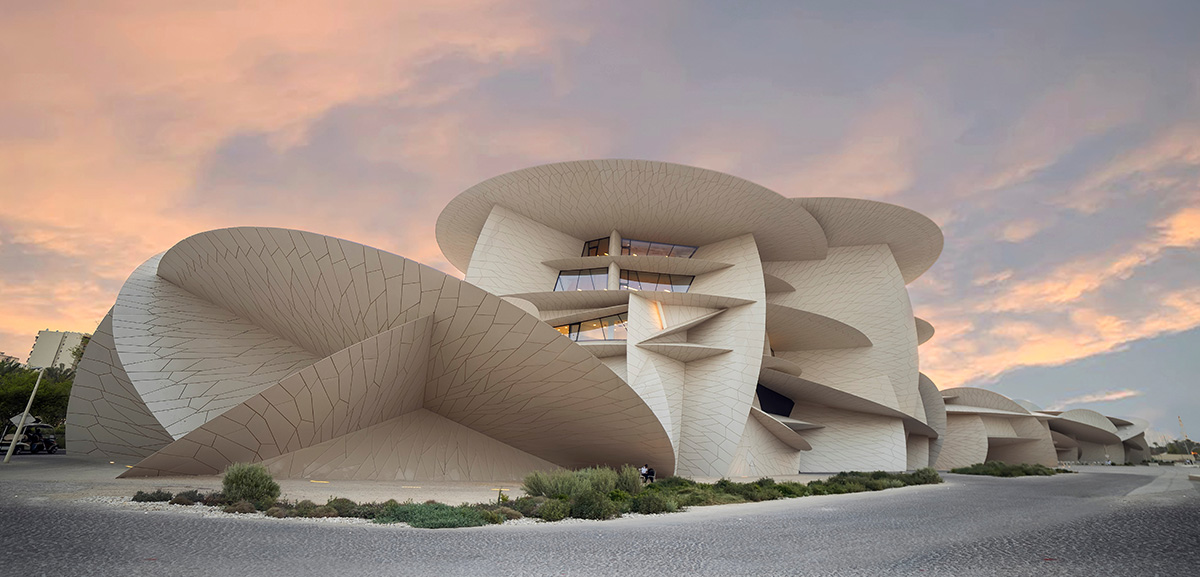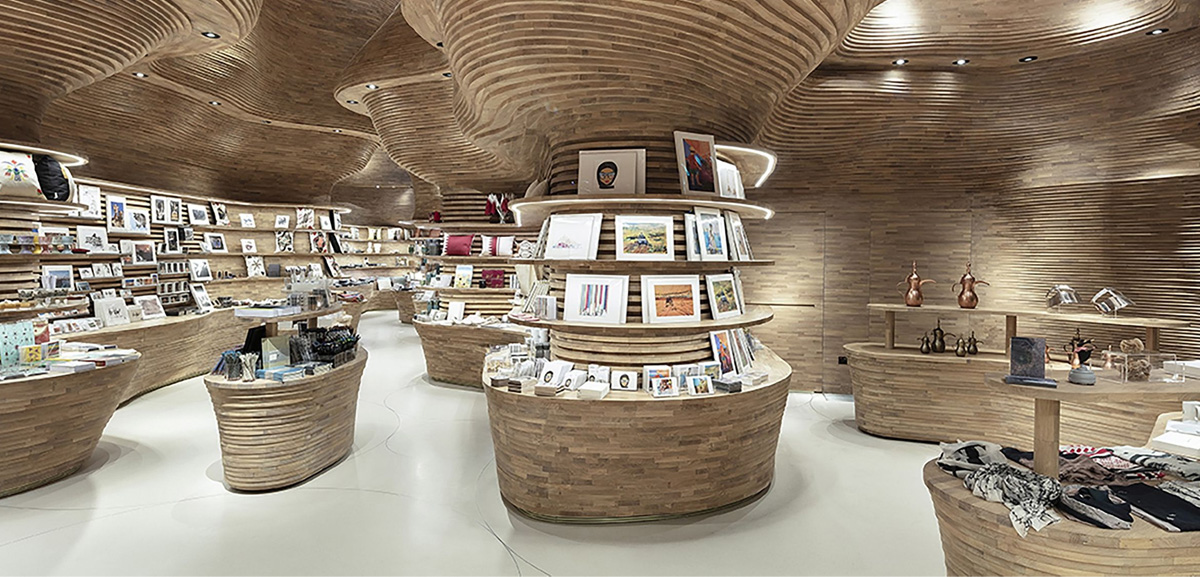Most people don’t realize just how much we rely on art and all forms of it, in our everyday lives.
While you might not be aware of it, we are surrounded by it and use it on a continual basis. It might sound exaggerated, but it is very true.
Everything from that cute blue and white teapot to the sleek computer case can be considered a form of art. But why is it important? You could get along just fine with essential items that were non-artistic. You could survive just fine without music on your stereo.
And that is the reason that is it so valuable. You see, while art may not be vital to fulfill our basic needs it does make life joyful.
When you look at the paintings you`ve chosen to hang on your bedroom wall, you feel happy.
The sculpture or figurines in the kitchen window create a sense of joy and create the atmosphere that you want to live in. It might seem very simple, but the fact of the matter is, music and art affect most of what we do. Everywhere you go, art is evident
As you can see, art is everywhere. We are influenced and affected by it on a daily basis, whether we realize it or not.
Abstract Ice Paintings – Cliff Briggie

Ice paintings used – an exotic method of painting,
Photographer and psychologist Cliff Briggie uses ice, paint, light and water to make these abstract ‘ice paintings’. Usually we all admire at the natural way of painting , but this painting by Cliff Biriggie is quite different , they are moulded into the different way of representing art.
Rather Briggie relies on the ice and paint to merge, fuse, create unexpected amorphous shapes.
Instead of using Photoshop, he relies on the ice and paint to morph into something unexpected and unique.
These little pieces of paint take on a life of their own, suddenly exploding, colors streaming everywhere and then they are gone forever.
For once and forever they are truly, so breathtaking, heartbreaking.
Dogs Playing Poker

There are certain things we should know about this panting that,
Dogs Playing Poker is not one painting, but a series.
Coolidge’s earliest explorations of dog paintings were made for cigar boxes. Then, in 1903, the 59-year-old artist started working for the “remembrance advertising” company Brown & Bigelow.
From there, he began churning out works like A Bold Bluff, Poker Sympathy, and Pinched With Four Aces, which were reproduced as posters, calendars, and prints, sometimes as parts of promotional giveaways.
This painting was an iconic depiction of Americans during the early part of 19th century.
Organic Wooden Sculptures by Henrique Oliveira

Brazilian artist Henrique Oliveira’s powerful recycled wood installations snake through their exhibition spaces like massive living trees that burst out of walls and ceilings.
Oliveira scours the streets of Sao Paulo to gather weathered plywood, which he then separates into layers and combines to create his massive ‘tri-dimensional’ sculptures.
The stunning mixed media pieces are a combination of sculpture, painting and architecture.
Initially a painter, Oliveira was inspired by an old wooden fence he saw through his window across the street from his studio in Sao Paulo.
The wood was so weathered that it split into layers, which Oliveira equated to brush strokes. From that day, the artist began collecting old weathered fences from construction sites and transforming them into his inspiring ‘tri-dimensional’.
He peels the weathered layers off of the fences as they decay, collecting slivers of different colors, shapes and sizes.
Construction companies use the plywood because it is inexpensive, and they replace it every few months when the elements break it down. Rather than letting the damaged fences go to waste, they have been coiled to walls through space in amorphous forms. From afar, they can appear to be soft and smooth, but a closer look will find a series of raw edges that guarantee a splinter upon the touch.
Oliveira has created an eco-friendly body of work using a unique process and style which treats discarded wood as if it were strokes of paint.
Claes Oldenburg’s 5-story Paint Torch, Philadelphia

The slenderness of the 53 foot sculpture was emphasized by placing the brush with the bristles pointing upward. It leans at a sixty degree angle over Broad Street in a beckoning gesture that invites visitors into the plaza .With the tower of City Hall as a backdrop, the slanted brush creates a dramatic contrast to the powerful verticals of the city that surrounds it.
The bristle part of the brush was molded into a solid sculptural form with a “blip” of orange paint on its tip, as if it had just picked up the paint and was about to place it on the sky. The source of the paint is suggested by a spiral “glob” of the same color on the sidewalk under the paintbrush.
The Glob and the Blip are lit from the inside while the entire brush is illuminated from the outside. Looking at the model, it was easy to associate it with the Torch of Liberty, a popular symbol in a city proud of its part in the American Revolution. The sculpture was appropriately titled Paint Torch.
Tony Tasset’s Eye, Chicago

The people in Chicago are used to staring at unusual attractions, but visitors in Chicago, Illinois, have one staring right back at them in a big way was the ‘EYE’
EYE, a three-story tall “incredibly lifelike” sculpture of an eyeball. Chicago’s business district. The three-dimensional installation, complete with a blue iris, was created by contemporary artist Tony Tasset. “More than anything, I would like people to think it’s cool,” Tasset said. “My first job is always to make the space more interesting and I wanted to make something with a big impact.”
The steel reinforced fiberglass EYE has a blue iris because that is the color of Tasset’s eyes. The installation has a psychological edge to it and some people could find it creepy, Tasset acknowledged, calling it “surrealist-noir.”
The cost of the installation is in the six figures, but he declined to be more specific. It is being funded by a special tax paid by property owners on State Street, a major shopping and dining corridor in Chicago.
The Persistence of Memory

The Persistence of Memory is a 1931 painting by artist Salvador Dalí, and is one of his most recognizable works. The well-known surrealist piece introduced the image of the soft melting pocket watch.
It epitomizes Dalí’s theory of “softness” and “hardness”, which was central to his thinking at the time. This interpretation suggests that Dalí was incorporating an understanding of the world introduced by Albert Einstein’s theory of special relativity.
It is possible to recognize a human figure in the middle of the composition, in the strange “monster” (with a lot of texture near its face,– the abstract form becoming something of a self-portrait, reappearing frequently in his work. The figure can be read as a “fading” creature, one that often appears in dreams where the dreamer cannot pinpoint the creature’s exact form and composition. The orange clock at the bottom left of the painting is covered in ants. Dalí often used ants in his paintings as a symbol of decay.
The Persistence of Memory employs “the exactitude of realist painting techniques to depict imagery more likely to be found in dreams than in waking consciousness.
The craggy rocks to the right represent a tip of Cap de Creus peninsula in north-eastern Catalonia.
Many of Dalí’s paintings were inspired by the landscapes of his life in Catalonia. The strange and foreboding shadow in the foreground of this painting is a reference to Mount Pan.
Portrait of Dora Maar

Pablo Picasso was one of the most accomplished Spanish painter, and his skill is most evident in this painting.
He remains the founder of a style called Cubism that shows the same picture from different angles.
This picture is about a woman’s face, believed to that of Picasso’s lover, shown from different angles, thereby marking the first of many paintings in cubism style. Its about a women who came into Picassos life, Dora Maar. Whose real name was Dora Markovi. She is presented both profile and full face.
Then, one eye is shown looking inward, toward herself.
The eyelashes of this eye are painted to emphasize this inward direction, yet the pupil looks straight out. The other eye, which Picasso has surprisingly painted red, looks out at the world and us; while the red shows intensity, the curves and symmetry of this eye give it serenity.
The colors and forms of the body also surprise us. It is difficult to distinguish between the chair and Dora Maar
. Her arms are as dark and flat as the chair’s, and they have the same shape. This is playful and also deeply true. The back of her chair and Dora Maar’s torso form one dark rectangle with a triangle at its base.
They represent the femininity of this woman as lush, full and also strict and thoughtful.
We see this also in the way her sharp red-painted nails are placed against the soft curve of her cheek. I think Picasso wanted to depict in this way the lively desire in a woman to look beautiful and to be thoughtfully self-critical at the same time.
The Scream

The Scream is a painting by Edvard Munch of Norway and it shows the distorted face of a figure against a bloody sky.
The hill landscape in the background adds to this picture’s charm. It is also one of the first few paintings done in expressionism style where the reality is blurred to give more importance to emotions.
Munch created a quartet of executions of the familiar scene. In 1893, the Norwegian artist made a painted version as well as a crayon piece.
Two years later, he created another pastel version. Then in 1910, he used tempera paints on board for his final Scream.
Technically – The Scream isn’t one piece, but four. Munch created a quartet of executions of the familiar scene. In 1893, the Norwegian artist made a painted version as well as a crayon piece. Two years later, he created another pastel version. Then in 1910, he used tempera paints on board for his painting.
Scream caught on in the European art scene, Munch made a lithograph of the concept so that he could sell black-and-white prints at will.
HENK HOFSTRA’S ‘ART-EGGCIDENT’ IN LEEUWARDEN

Dutch artist Henk Hofstrais w environmental art project called ‘Art Eggcident’ in Leeuwarden, a city in the north of the Netherlands. Several large eggs each 100 feet wide were spread on Zaailand, one of the largest city squares in the Netherlands.
The largest ones are totally flat, but the smaller ones have a three-dimensional ‘yolk’, & are able to take the weight of the kids also perfect for climbing on and taking pictures so you can show your friends that you sat on a gigantic egg yolk in the Netherlands
Le Pouce,’ The Giant Thumb Sculpture

‘Le Pouce’ or ‘The Thumb’ was built in 1965 by sculptor César Baldaccini.
César was well known for his emphasis on resizing and reshaping objects synonymous with modernity César’s relationship with technology was mutually beneficial, even as it might have seemed antagonistic.
Crushing automobiles and other scrap metal or recreating objects of nature with industrial materials were common themes.
Perhaps his most famous work came in the form of “expansions” of his own hands – his thumb and fingerprints, particularly. Using modern construction methodology, César took a mold of his thumb and created several absurdly enlarged versions of it, which can now be seen in parks and museums around the world.
Perhaps it was not his intention to provide a counterbalance to the glossy veil of corporate ambition projected by a purpose-built business park, but that’s the beauty of art – it does whatever it wants.

Meghana Muralidharan is currently pursing Bachelors Degree in Interior Designing. Having settled in Doha, she is passionate about the colors of nature and expresses through poetry. She is also a well known anchor. She dreams of designing a restaurant some day after completing her masters.






Leave A Comment
You must be logged in to post a comment.